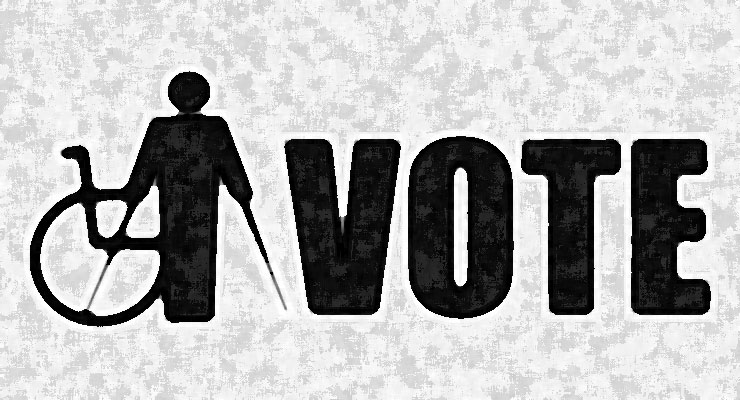 This article by Sarah Katz is published by The Atlantic. Here is an excerpt:
This article by Sarah Katz is published by The Atlantic. Here is an excerpt:
It’s long been difficult for Americans with disabilities to vote. Inaccessible paths are an obstacle to people who use wheelchairs. Long lines are a huge hurdle to people with chronic pain. Voting machines without audio or large-print ballots are an impediment to those who are blind or who have low vision. But last year, something different happened: As states passed pandemic-driven reforms to make voting easier for everyone, they inadvertently made voting a lot easier for most people with disabilities.
And vote, they did. Nearly 62 percent of Americans with disabilities voted in 2020, a surge of nearly 6 percentage points over 2016, or 1.7 million more voters. The number of disabled voters reporting difficulties while voting also dropped significantly; in 2020, 11 percent of disabled voters reported having problems, down from 26 percent in 2012, according to an Election Assistance Commission report. That’s not to say voting was suddenly simple: Mail-in ballots aren’t easier for everyone, including those with visual or cognitive disabilities. And in 2020, disabled Americans were still roughly 7 percent less likely to vote than nondisabled Americans. But the changes made a real difference.
Now state policy makers want to turn back the clock. Citing exaggerated concerns about voter fraud, state legislators have passed a wave of new bills that will make it harder for disabled people to vote in future elections. Overall, lawmakers have introduced more than 400 bills in 49 states this year that would restrict access to voting for people with disabilities. At least 18 states have already passed such laws. These laws either target mail-in ballots, reduce the amount of time voters have to request or mail in a ballot, restrict the availability of drop-off locations, impose stricter signature requirements for mail-in voting, or enact new and stricter voter-ID requirements.
Read the full article here.
Leave a Reply